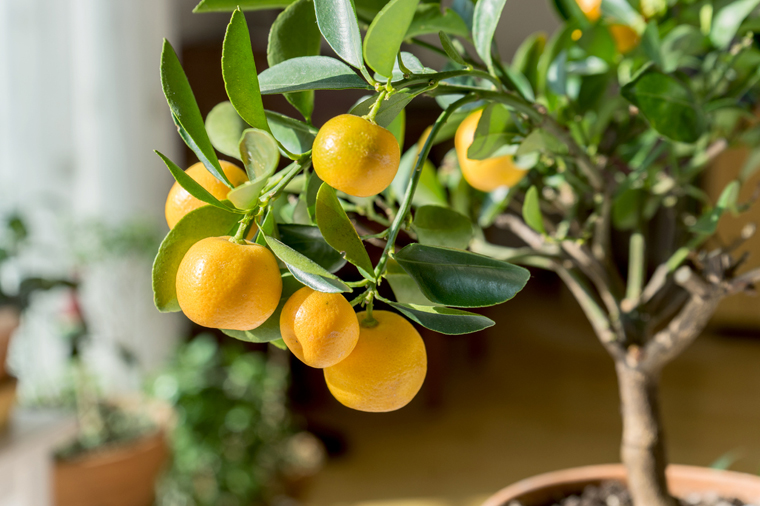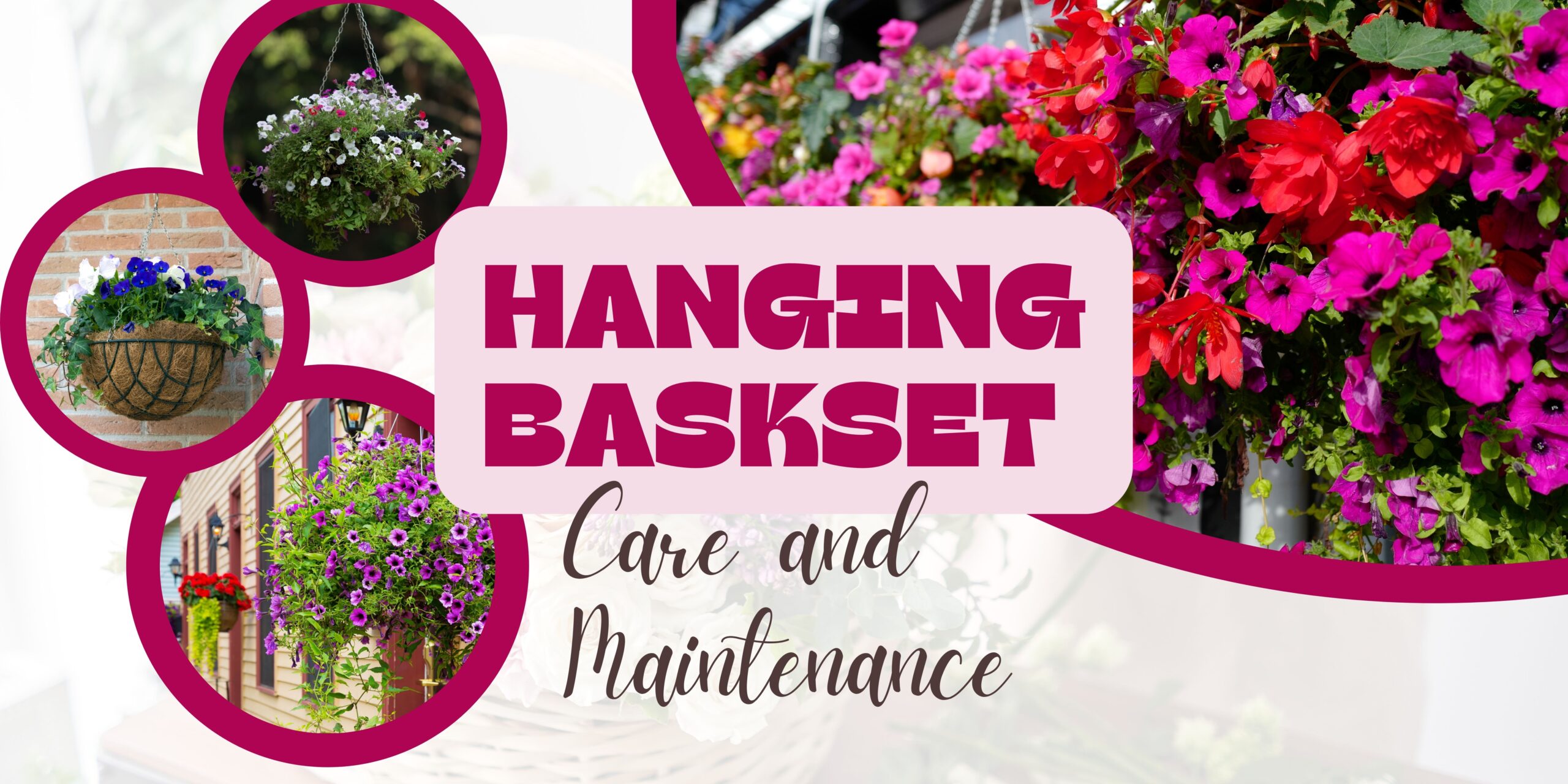Indoor Citrus
Living this far north, growing citrus trees outdoors is not an option, however several dwarf species will grow indoors! Citrus are enjoyed by many as houseplants for their glossy dark green foliage and fragrant flowers which provide a refreshing aroma. While citrus trees rely on insects for pollination in nature, hand pollination is both possible and easy to do, making indoor fruit possible.
With proper care, your indoor citrus will reward you with aromatic blossoms and fruit.

Calamondin Oranges
A very tart little orange, that can be used to replace lemons in recipes. The easiest and most forgiving type of citrus grown indoors.
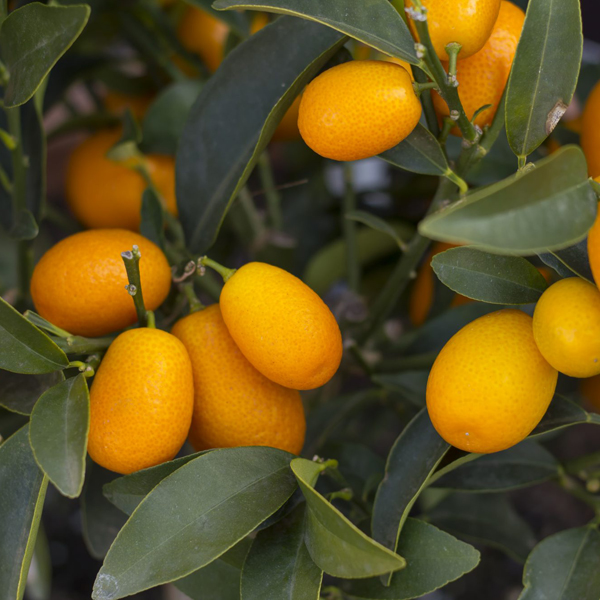
Kumquat
Comes in green and variegated forms. A sweet-slightly tart citrus the size of a grape.
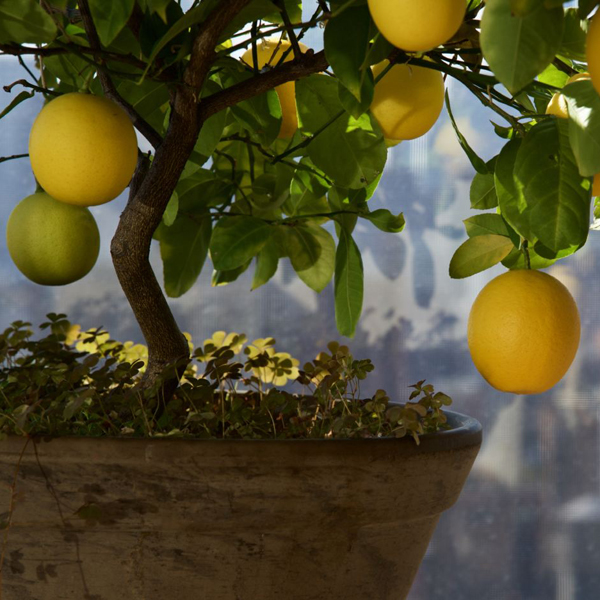
Dwarf Lemon
Plants will get 3-4’ tall at maturity. Available in lemon and meyer lemons. Plants may require support when bearing heavy fruit.
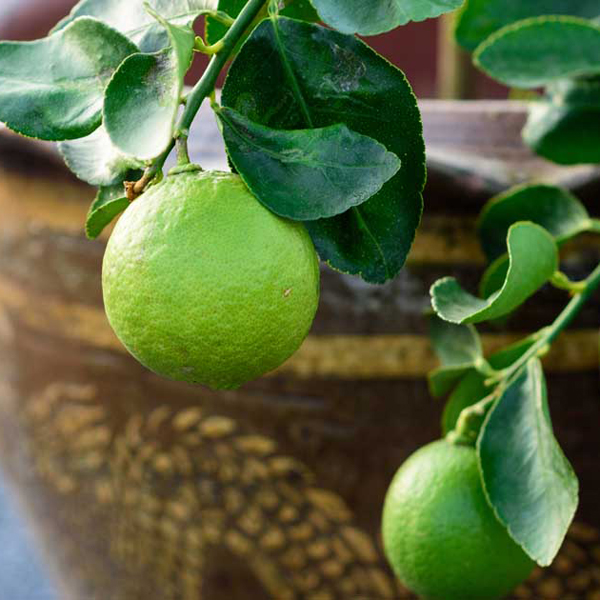
Dwarf Lime
Plants will get 3-4’ tall at maturity. Available in lime and key lime. Plants may require support when bearing heavy fruit.
Plant Care
Light
Citrus are considered to be a full sun plant, this means they will need 6-8 hours of sunlight a day. Find a warm spot near a south facing window for the best light conditions.
Water
Citrus benefit from infrequent deep waterings, rather than frequent shallow waterings. Let the soil dry to a couple of inches deep, and then water thoroughly until water seeps out of the drainage holes in the bottom of your pot. During the spring and summer when growth picks up, trees may need more frequent waterings. Just be sure their pots have excellent drainage. Soggy bottoms will kill them. Water must flow right through the pot and out. A potting mix with good drainage is crucial.
Potting Mix
We recommend a custom potting medium that is one part shredded wood and two parts potting soil. Natural cedar mulch makes a great shredded hardwood as it is chemical free. Softer woods like pine tend to break down too fast.
Pots
Citrus trees will need large pots with large drainage holes in the bottom. If your pots are set in an ornamental, or closed pot, it is imperative that you never allow them to stand in water for more than 12 hours after watering the tree. If water remains after 12 hours, drain it.
Fertilizing
Fertilize only during the growing season (from late March thru early August). Fertilize your citrus plant with a liquid, organic fertilizer – such as liquid kelp, seaweed, or fish emulsion – or an organic granular fertilizer every two to three weeks. Be sure to follow the instructions on whichever fertilizer you use. Do not fertilize in the winter.
Fruit Production
Unlike some fruit trees, citrus trees are self-pollinating. That means they don’t need pollen from another variety to bear fruit. But in nature, citrus trees rely on insects to pollinate their blossoms, so indoor trees will need to be hand-pollinated.
Hand Pollination : Better pollination translates to more and better fruit. Use a small, dry paintbrush to dab each flower. Wiggle the brush around the center of each flower, moving from flower to flower. This carries the pollen from male to female flowers, just like bees do it.
Fruit Ripens : Fruit typically takes between 4-8 months to ripen depending on the variety of citrus. If fruit is removed from the tree it will no longer continue to ripen.
TIP : When pollination is a success, fruit will develop and take a few months to ripen. It is fairly common for smaller, young fruit to drop off shortly after formation due to ineffective pollination or less than desirous environmental conditions.
Plant Problems
Poor Drainage
Citrus hate having wet feet, and overwatering is the most common cause of their poor health. Do water deeply, but only water again when the pot is close to dry.
Signs of Poor Drainage : Damp pot bottoms, constantly moist soil, fungus gnats in the room, yellow leaves, drooping leaves, leaf drop.
Over Fertilization
Avoid using fertilizer sticks in citrus pot. They can burn the trees’ roots. Using organic fertilizers decreases the chances of damaging your plant. If you use synthetic fertilizer, never exceed the recommended dose.
Signs of Over Feeding : Burned edges to leaves; leaf drop; very slow growth.
Pests
Cirtus are usually not prone to most pests, however, scale, whitefly, and spider mites may take up residence, especially if there are other infected plants in the home. Wash the foliage periodically to deter these insects, paying careful attention to the underside of the leaf. Serious infestations may require an insecticide like neem oil. Infestations are more likely to occur if the tree is overwatered, has poor drainage, increased salinity of the soil, or a lack of nutrients– usually nitrogen.
Cold Stress
Do not expose citrus trees to cold drafts. Opening the nearby door or window for them on a cold day stresses citrus trees. Stressed plants are susceptible to diseases and pests.
Signs of Cold Stress : Browning leaf tips; leaf, blossom and fruit drop.
 |
| 
